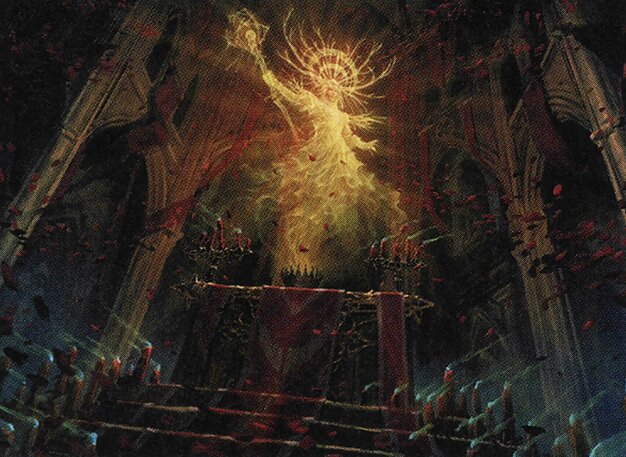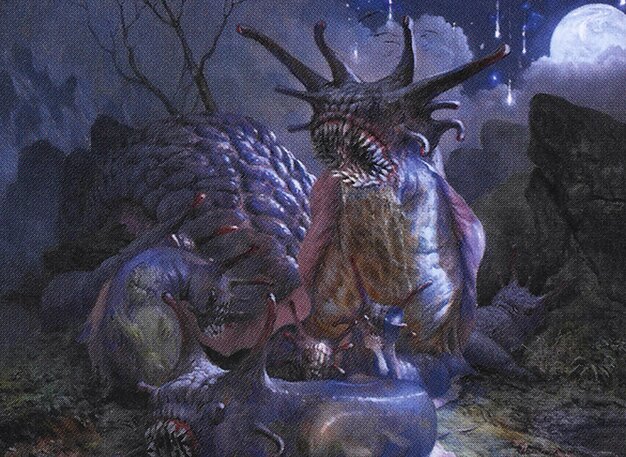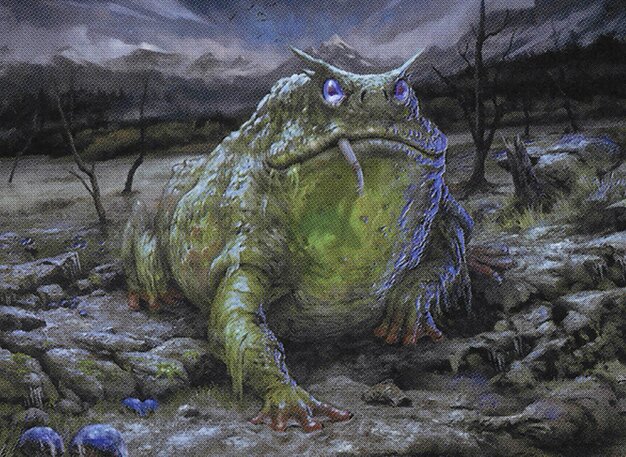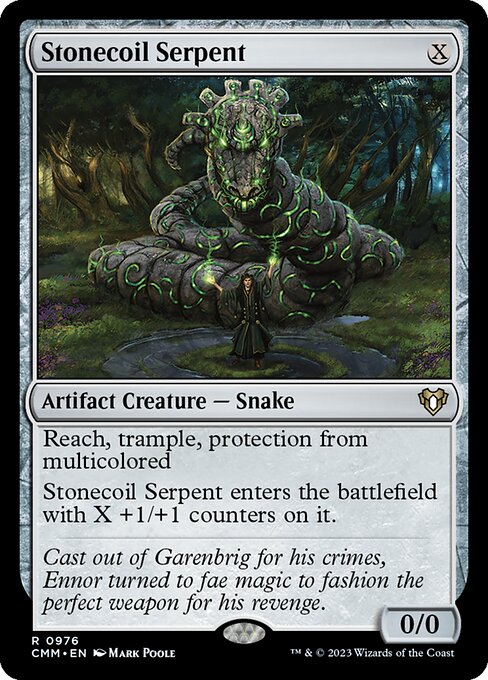Deck & Commander Strategies

Odric, Blood-Cursed
Generate numerous blood tokens based on keywords present on creatures and permanents, then use these tokens to overwhelm opponents with swarm tactics and potential sacrifice outlets.

Katilda, Dawnhart Martyr // Katilda's Rising Dawn
Leverage a mix of enchantments and spirits to grow Katilda's power and toughness, applying voltron pressure while potentially protecting with lifelink and flying.

Toxrill, the Corrosive
Use Dimir colors to implement quirky and humorous synergies, focusing on combos and board control rather than straightforward infect; a slower, value-oriented approach.

Grolnok, the Omnivore
Mill your own library to exile cards with croak counters, then cast those cards from exile while playing lands from among them, gaining card advantage and board presence through self-mill and recursion.
Gameplay Insights
- 1
Odric's blood token generation is heavily dependent on the number and variety of keywords present, making synergy with keyword-rich creatures critical.
- 2
Grolnok’s ability to cast cards exiled from self-milling provides powerful card advantage and resource recursion, making early self-mill effects effective once the commander is on board.
- 3
Katilda’s dual nature allows for strategic choices between using the creature side or casting the enchantment side from the graveyard, enabling flexible responses to board states.
- 4
Players formed temporary alliances to manage the biggest threats, especially avoiding attacks on Richard’s blood token swarm to prevent empowering Katilda’s voltron potential.
- 5
Toxrill’s deck, while slower and less aggressive, contributes by disrupting opponents and supporting combo or synergy plays that can shift momentum later in the game.
Notable Cards
-

Odric, Blood-Cursed
-

Katilda, Dawnhart Martyr // Katilda's Rising Dawn
-

Toxrill, the Corrosive
-

Grolnok, the Omnivore
-

Stonecoil Serpent
Gameplay Summary
The game began with each player deploying their unique Innistrad: Crimson Vow commanders and strategies.
Richard led with Odric, Blood-Cursed, focusing on generating blood tokens based on the number of keywords in play, aiming to overwhelm opponents with token swarms.
Phil piloted Katilda, Dawnhart Martyr, building around enchantments and spirits to grow Katilda's power and apply pressure with a mix of pillow fort and voltron tactics.
Grim played Toxrill, the Corrosive, embracing Dimir colors with a quirky strategy involving combos and synergies that were slower but aimed at disruption and value.
Seth commanded Grolnok, the Omnivore, a Simic self-mill deck with a frog subtheme that capitalized on exiling cards from the graveyard and casting them, generating card advantage and board presence. Early turns saw players setting up their boards with key permanents: Odric producing blood tokens, Grolnok preparing for graveyard interactions, and Katilda gearing up to grow strong through enchantments and spirits.
Toxrill’s deck featured some slow but humorous interactions, not relying on infect but on other synergies.
A notable moment came when players discussed the threats posed by each other, especially the potential for Katilda to become a large voltron threat and the synergy between Grolnok’s milling and card recursion.
Despite some initial hesitation about Odric’s impact, Richard managed to generate multiple blood tokens through keyword interactions, while Seth’s Grolnok steadily milled and cast cards from exile, pulling ahead in card advantage.
The players negotiated temporary non-aggression pacts to manage threats, highlighting the political nature of the game.
The game’s momentum hinged on Odric’s blood token production, Katilda’s enchantment-based growth, and Grolnok’s efficient self-mill and recursion engine, with Toxrill providing a disruptive but less aggressive element.




























![Purphoros vs Toxrill vs Jodah vs Meria [EDH/Commander, Magic The Gathering Gameplay 2022] thumbnail](https://i.ytimg.com/vi/kVnk6OKMiFw/sddefault.jpg)